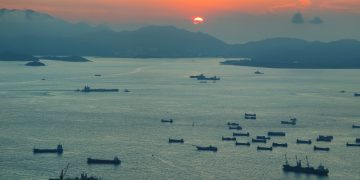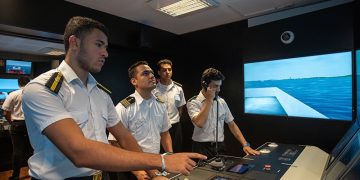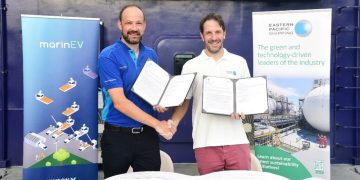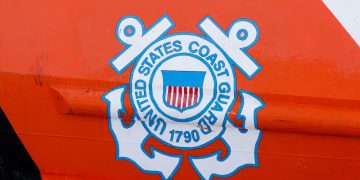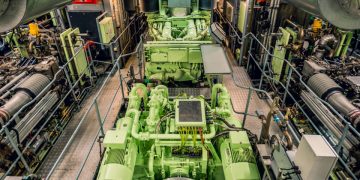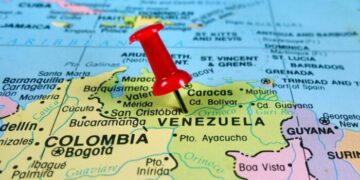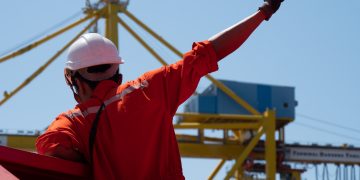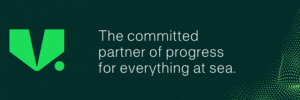OceanSaver BWT Chosen for VLCC Newbuildings
Chinese Shipyard orders its next generation ballast water treatment system Rongsheng Shipbuilding Heavy Industries, a large heavy industries shipbuilding group in China, has chosen Mark II, OceanSaver's next generation ballast water treatment system, for two 317.000 dwt VLCC newbuildings. The contract comes just weeks after DNV type approval, certifying Mark II to fully meet the requirements of the International Ballast Water Convention, and previous system orders placed by Bohai Shipbuilding Heavy Industry (China) and SPP Shipyard (Korea) for two suezmax and four bulk vessels.Scheduled for completion in June 2013, the contract is valued at USD 3 million and represents OceanSaver's first VLCC system delivery for its new Mark II technology. The delivery covers the supply and installation of two sets of Mark II BWT units, granting ballast water flows at a rate of 6.000 cubic metres per hour. "The contract was won due to the proven technical ability of Mark II and the fact that several leading shipyards in China and Korea have also ordered similar systems," says Tor Atle Eiken, Senior Vice President Sales & Marketing of OceanSaver.A consistent, cost effective and dependable BWT application for medium and large vessels, Mark II introduces better performing filtration technology and reduces ...
Read more



